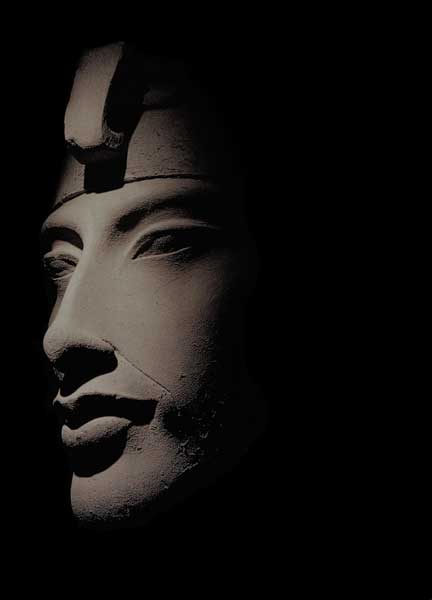How to Date a Pharaoh
Believe it or not, we do know exactly when ancient events occurred—up to a point...

Ancient history books are full of dates. One reads, for instance, that the Great Pyramid at Giza was built around 2500 B.C., not 3000 B.C. or 2000 B.C., and that Jerusalem was captured by the Babylonians in 586 B.C., not 566 B.C. But how do we know these dates are accurate? Couldn’t ancient history have been hijacked years ago by a conspiracy of chronology whizzes who set in motion an endless succession of wrong dates?
Compared to other inductive sciences, like biology or geology, ancient chronology is triply handicapped. The first problem is that it is non-replicable: We cannot take Egyptian history to a laboratory and make it run all over again to test our current understanding. Second, ancient historians cannot view their material directly; they must rely on reports from ancient sources of varying reliability. The third handicap is the paucity of information. Not only do students of antiquity have to evaluate the reliability of evidence—asking what it says for certain, what it may say, and what it does not say—but they also have to accept the fact that there is so little of it to evaluate. Most evidence from the ancient world has been lost, and so every scrap counts.
Already a library member? Log in here.
Institution user? Log in with your IP address.

